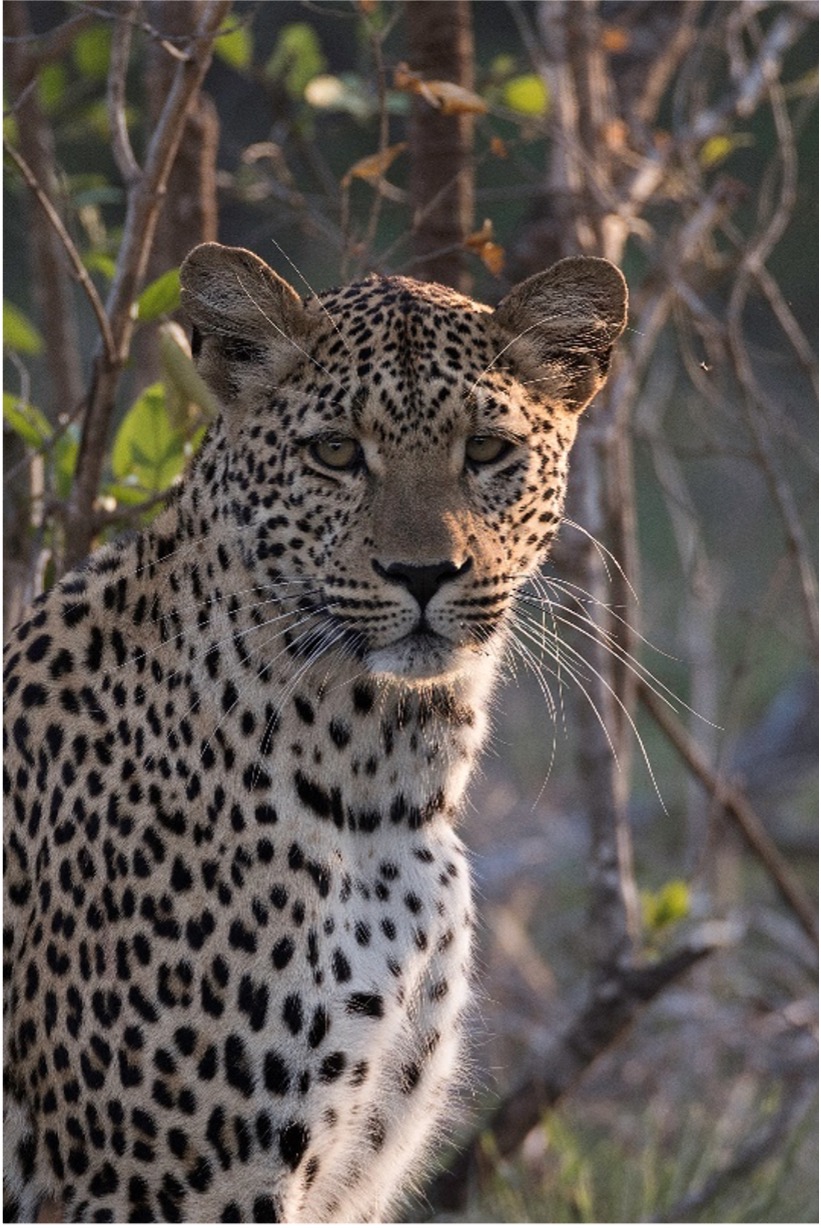September 2024
Understanding Leopard Identification and Naming
Share:
Understanding Leopard Identification and Naming
A few months back the Guide and Tracker team at Singita Kruger National Park held a poll where various un-named leopards were given their “names”. I had previously written about the female leopards, and promised to follow up with the new updated male leopard introductions, which now follows.
Questions often arise on safari where guests ask us whether we name individual animals we see regularly, and the answer is a resounding, “Yes”. This is done for several reasons, but primarily to assist the teams to positively identify individuals over the radio whilst on game drive, and after safaris in the office, allowing us to visualize various territories, and hopefully be able to understand individual movement patterns and behaviours. By doing this, we are better prepared and able to predict with greater confidence where to go searching for leopards that we know are relaxed and provide quality sightings.
When we name animals, we do not do so based on familiarity. Regular names such as Peter, Sally Jacob etc. are not used, as this creates a level of anthropomorphism which as guides, we try our best to avoid. The naming of leopards is done by considering several factors; be they spot patterns, eyebrow patterns, territories, or unique traits displayed by the leopards, like preferred prey items targeted etc.
When we identify leopards, we usually use the spot pattern method first, which may need a brief explanation.
1. A spot pattern refers to the uppermost row of spots on the leopard’s cheeks. These are the spots above the highest line of whiskers.
2. The spot pattern is made up of the number of spots first on the right cheek and then on the left cheek.
3. The number of spots on respective cheeks varies from leopard to leopard.

Some leopards will have the same spot pattern numbers. At this point, we will look for other identifiable features to confirm the identity, which is often used to name the leopard.
Example of unique identifiable patterns; in this case a little imagination can be used to see a familiar pattern, resembling the VW car logo, which led to this female being called the VW Female – Photo by Rudi Hulshof.
Reading the monthly summaries in our wildlife reports, there have been several different leopard individuals mentioned, some being seen more than others which varies on a month-to-month basis.
I thought it would add value to actually “put a name to the face,” so to say, and introduce our friends, followers and ‘past, present and future’ guests to the male leopards we have been able to view over the past year here at Singita Kruger National Park.

By Rudi Hulshof
Field Guide